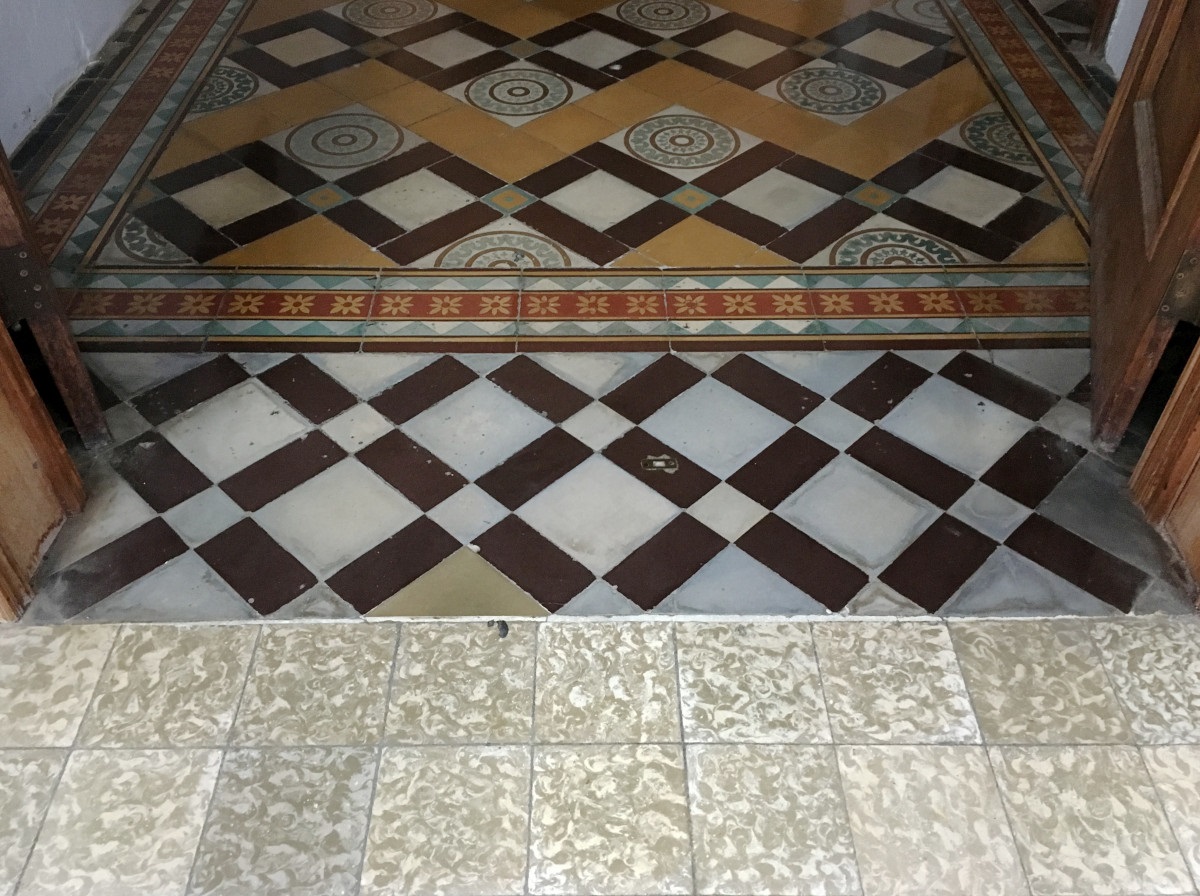
Tiles are a popular choice for flooring and wall coverings due to their durability, aesthetic appeal, and ease of maintenance. However, over time, the grout between tiles can become stained, cracked, or damaged, diminishing the overall look and functionality of your tiled surfaces, notes Keyrenter DFW Midcities services. Tile regrouting is an effective solution to address these issues, rejuvenate your tiles, and extend the life of your surfaces. In this blog, we’ll explore what tile regrouting involves, why it’s important, and how to approach the process.
What is Tile Regrouting?
Tile regrouting is the process of removing old, worn-out grout and replacing it with fresh grout. This procedure can significantly improve the appearance of your tiles and restore their functionality. Regrouting is especially beneficial in high-traffic areas, bathrooms, and kitchens where grout lines are prone to damage from moisture, dirt, and heavy use.
Why Regrouting is Important?
1. Aesthetic Improvement
One of the most immediate benefits of tile regrouting is the enhancement of your tiled surfaces’ appearance. Over time, grout can become discolored, stained, or cracked. Regrouting can make your tiles look like new again by providing a clean, uniform finish. This is particularly useful if you’re planning to sell your home or simply want to refresh the look of your living space.
2. Preventing Water Damage
Damaged or deteriorating grout can allow water to seep through, leading to potential issues such as mold growth, mildew, and damage to the underlying structure. By regrouting, you create a watertight seal that helps protect your walls and floors from moisture-related problems, ensuring long-term durability.
3. Extending Tile Lifespan
Properly maintained grout helps to support and stabilize your tiles, preventing them from becoming loose or shifting over time. Regrouting reinforces the bond between tiles and the substrate, which can extend the lifespan of your tile installation and prevent costly repairs or replacements.
4. Enhancing Cleanliness
Grout lines that are cracked or discolored can trap dirt, grime, and bacteria, making them difficult to clean and maintain. Fresh grout creates a smooth, sealed surface that is easier to keep clean and hygienic, especially in areas prone to spills and stains.
How to Regrout Tiles?
1. Assess the Condition of Your Existing Grout
Before beginning the regrouting process, evaluate the condition of your current grout. If the grout is only slightly discolored, a deep cleaning might suffice. However, if the grout is cracked, crumbling, or extensively damaged, regrouting is necessary.
2. Gather Your Tools and Materials
To regrout tiles, you will need the following tools and materials:
- Grout removal tool or rotary tool with a grout removal attachment
- New grout (select the type and color that matches your tiles)
- Grout float
- Sponge
- Bucket of water
- Tile sealer (optional, for added protection)
3. Remove the Old Grout
Use a grout removal tool or a rotary tool with a grout removal attachment to carefully scrape out the old grout. Take your time to avoid damaging the tiles. It’s important to remove the grout from all the grout lines to ensure that the new grout adheres properly.
4. Clean the Tile Surface
Once the old grout is removed, thoroughly clean the tile surface and grout lines to remove any debris or dust. Allow the area to dry completely before applying new grout.
5. Apply the New Grout
Mix the new grout according to the manufacturer’s instructions. Use a grout float to spread the grout over the tiles, pressing it firmly into the grout lines. Work in small sections and remove excess grout as you go.
6. Clean the Tiles
After applying the grout, use a damp sponge to wipe off any excess grout from the tile surface. Be careful not to remove grout from the grout lines. Rinse the sponge frequently to ensure a clean finish.
7. Allow the Grout to Cure
Let the new grout cure according to the manufacturer’s instructions. This usually takes around 24-48 hours. Avoid using the tiled area during this time to ensure proper curing and prevent damage.
8. Apply a Sealer (Optional)
For added protection and to extend the life of your grout, you may choose to apply a grout sealer once it has fully cured. This helps to repel water, stains, and dirt, making it easier to maintain your tiled surfaces.
Also Read: Kitchen Ergonomics: Optimizing Standard Dimensions
Conclusion
Tile regrouting is a straightforward yet impactful way to refresh and maintain your tiled surfaces. By addressing damaged or discolored grout, you can enhance the appearance, functionality, and longevity of your tiles. Whether you’re preparing your home for sale, addressing water damage, or simply giving your space a facelift, regrouting is a valuable investment that can make a significant difference.








